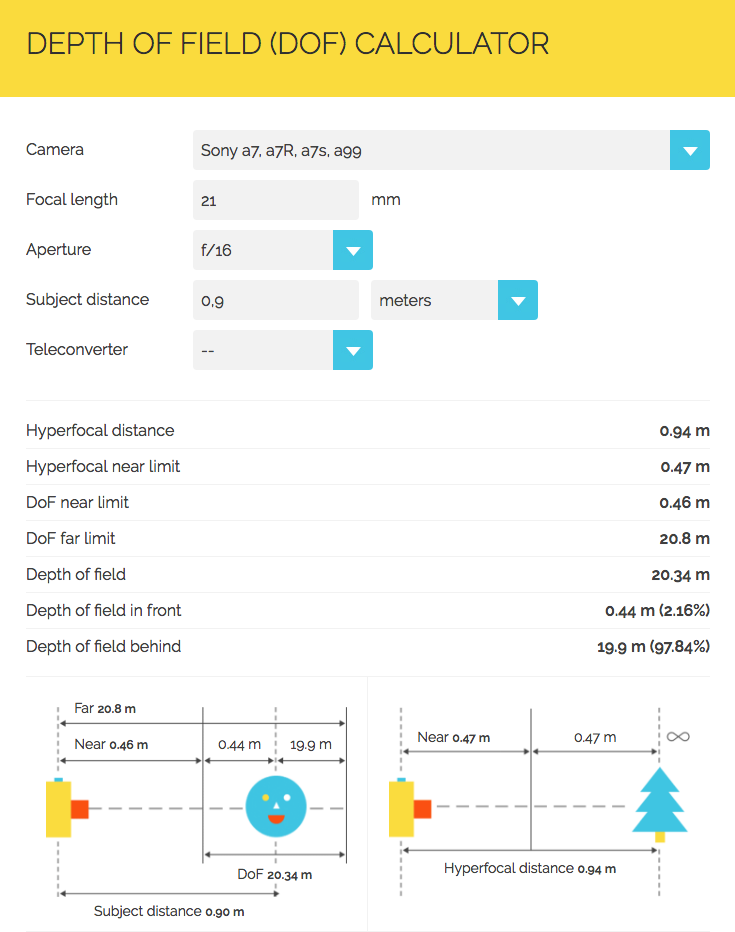There is a new beast in the house the Sony 7 R II. After working for more than 4 years with mirrorless camera in to the wedding industry I start to desire a bigger sensor. Micro 43 (MFT) is great, nice lenses, nice cameras, fast AF and great depth of field. At the end I started with 35mm analogue cameras more than 25 years ago and sometimes I really want something more dreaming for my images so I started to evaluate a new full frame camera. At the end only two remains the great Nikon D750 and the Sony 7 R II. Nikon has two slots, a super battery life and a lot of lenses… And it costs half the price of Sony… Mirorless is, for me, a non returning path… I bought the Sony not because is superior but because I can take it with me every day in my little bag, Nikon and Sony are different cameras, not comparable… So I discovered that I will use it also for my everyday shooting.
In future articles I will cover AF and I will share pictures in a real wedding shooting, right now I’m playing with the camera to become more confident…
As you know 42 megapixel are probably more than a wedding photographer will need and doing a little bit of math shooting more or less 2.000 files for every wedding I will need a lot of space for my archive 2.000×43 megabyte = 86 gigabyte for every wedding x 12 weddings every year it’s about 1 Terabyte… A little bit too much also the files are huge and they will slow down your everyday workflow with Lightroom… Time for me is money so I started to consider if I can do something better… Without loosing the amazing low light quality (I can shoot wedding easily up to 12800 and I’m evaluating 25.600).
My actual wedding workflow with my MFT cameras is pretty quick: 1) Download on my Archive and rename (raid); 2) Transform to DNG without compression; 3) Rating; 4) Post Processing; 5) Gallery on line; 6) Send to clients; 7) Wedding Album; 8) Close the project; 9) Archive also on line.
I started to think to change it in this way: 1) Download on my Archive, and rename with a temporary name (raid); 2) Convert to DNG ( I will not convert anymore to DNG next time, I will export direct from Raw files); 3)Export new DNG files with final Names at 24 MegaPixel with compression import them to LG; 4) delete temporary DNG files; 5) Rating; 6)Post Processing; 7) Gallery on line; 8) Send to clients; 9) Wedding Album; 10) Close the project; 11) Archive also on line.

I was a little bit scared when I saw that the 24 Megapixel DNG compressed files was only from 6 to 18 mega of weight….
A great loss from an huge 43 (40–50). Great for Archiving great for speed but and what a “but” what about the quality? What about low light?
I was playing with a Voigtlander 35mm f 1.4 in a very low light environment… (you will also have a link to download of two DNG files) I was astonished by the quality of the DNG compressed files the size was from 50 to 17 mega but the quality at 12.800 ISO really in a dark room was unbelievable.
Here is a screen shot at 100%

Here you can download the 2 DNG files Compressed and Uncompressed: Download
I will do some more tests but I’m quite confident that I will used 24 Megapixel files…
This workflow will save me a lot of time during post processing. Also my MFT preset wok better in Lightroom with smaller files…
The wedding season will start in few days…
Before I will be in Africa for a 3 weeks mission for my Editorial Work…
I will use the sony also for some video shooting.
Stay tuned… 🙂
CONTATTAMI
Fotografo Lago di Como – Fotografo Bergamo – Fotografo Pavia – Fotografo Monza
























